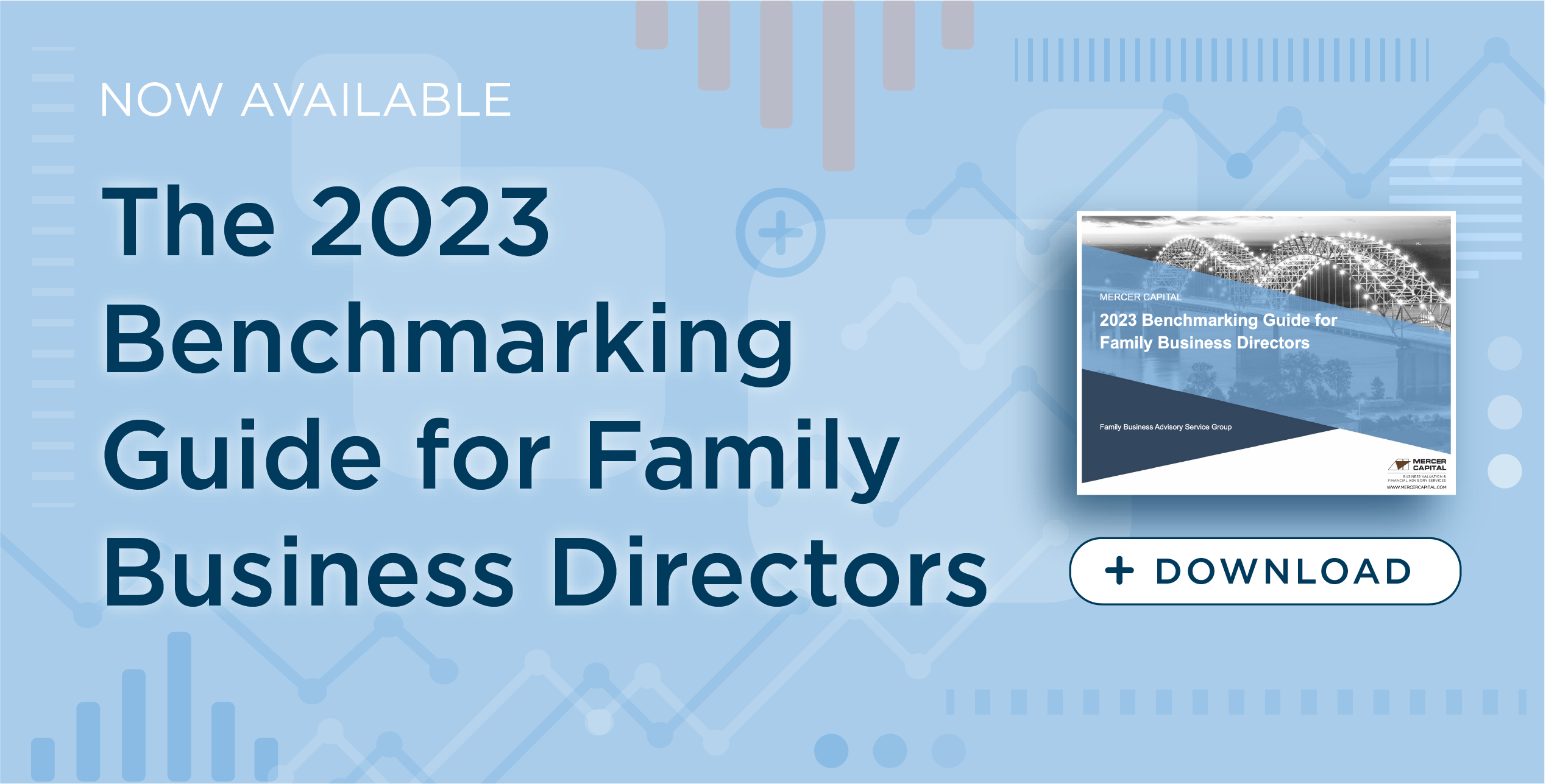Distribute or Reinvest?
Woolrich Case Study
A recent article in the Wall Street Journal chronicled the slow demise of the Woolrich Woolen Mill. For the first time in the company’s 170 year history, it will no longer have any U.S.-based production. The piece does a great job summarizing how integrated the family business was with its surrounding community (the eponymous Woolrich, Pennsylvania). In its heyday, Woolrich epitomized all that observers take to be the pillars of good family businesses: stable employment, an enviable corporate culture, growing revenues and profits, and a charitable posture toward the local community.
Yet an increasingly global marketplace slowly eroded those pillars, culminating in the recently announced closure of its last remaining U.S. plant. As countries with lower costs began accounting for a greater share of global textile production, Woolrich’s aging plant proved to be economically obsolete. In the words of one long-time employee quoted in the article, running the mill was “just like throwing money out the window.”
The article brings into sharp focus the inherent tradeoff between dividend and investment policy. The tension between the two exists because cash flows paid as dividends in the present are not available to fund investment for the future. Looking back, at least two family shareholders quoted in the article lamented historical dividends that were paid in lieu of investments to modernize the mill. As one seventh-generation shareholder put it: “If I had known then what I know now, I would have said, Take my dividends. I want to keep things going.”
The Woolrich saga is a vivid reminder of how challenging the appropriate balance between dividends and reinvestment is for family business directors (and of the real-life consequences those decisions can have). For this post, we asked two (hypothetical) colleagues with differing perspectives, Ruby Reinvestalot and Patty Paymenow, to review and comment on the story.
First Perspective: Ruby Reinvestalot
The Woolrich story is a cautionary tale for family businesses that don’t focus on sustainability. If the wealth of the family is going to keep up with its biological growth (the article referenced 100 family shareholders), steady reinvestment is required to ensure that the business maintains its competitive edge and prospers for the benefit of future generations. The article referenced another family business in the wool industry that has thrived through steady reinvestment (Pendleton Woolen Mills).
Regular reinvestment strengthens the role of the business as a center of family unity and cohesion.
Furthermore, family shareholders are not the only stakeholders in family business. Reinvestment of earnings advances the interests of employees, suppliers, customers, and the local community in addition to the shareholders. Beyond the “spillover” benefits enjoyed by non-family stakeholders, regular reinvestment strengthens the role of the business as a center of family unity and cohesion. While there is much handwringing about the potential for conflict in family business, the positive side of being in business as a family is often neglected. Families that are not in business together have a much harder time staying connected.
A regular program of maintenance capital expenditures is essential to keeping manufacturing facilities up-to-date technologically. Occasionally supplementing with growth-oriented capital expenditures or strategic M&A activities preserves a “growth” mindset that helps to preserve (real) per capital family wealth. In the end, emphasizing dividends at the expense of reinvestment is short-sighted and detrimental to the long-term sustainability of family businesses.
Second Perspective: Patty Paymenow
The Woolrich story can be read in a different way, particularly if we broaden our concept of sustainability. For starters, let’s be careful to note that the story was not about the failure or bankruptcy of the company, but the closure of a single plant. For family businesses, capital allocation decisions are not just about maintaining the status quo; they are about letting capital be put to work in the most productive manner. Read in a different light, the article could just as easily be framed as a story about a resilient family business that successfully pivoted from being a fixed asset-intensive manufacturer of woolen goods to being the owner of a coveted global brand.
A steady stream of dividends actually promotes family sustainability because it allows the family to build wealth outside the business and diversify its risk exposures.
An emphasis on dividends helps ensure that family business managers focus on developing a compelling strategy that fits the current world. In most family businesses, the founders’ initial success was rooted in doing things differently. As a result, a slavish devotion to doing things the way Grandpa did actually contradicts the philosophy and attitude that made Grandpa successful. In the case of Woolrich, 170 years is a really long time (the mill was built in 1845). Dividends paid to the Rich family didn’t kill the mill – economic globalization did. Yes, Pendleton Woolen Mills has adapted and thrived amid global competition, but many others have not (as the article notes, “scores of U.S. textile factories have closed over the years”).
Finally, a steady stream of dividends actually promotes family sustainability because it allows the family to build wealth outside the business and diversify its risk exposures. With a more liquid and diversified balance sheet, the family is positioned to continue generating positive outcomes for the community through investing in new ventures and/or funding charitable endeavors.
Final Thoughts
So who’s right? No one said being on the board of directors for your family business would be easy. Directors need to evaluate and balance competing perspectives, like those of Ruby and Patty, and make decisions that promote the long-term success of the business. In our Family Business Advisory practice, we assist family business directors with framing dividend and investment decisions appropriately, identifying relevant data, and preparing rigorous independent analysis to help directors move forward with confidence, regardless of the particular issues they are facing.
 Family Business Director
Family Business Director 











